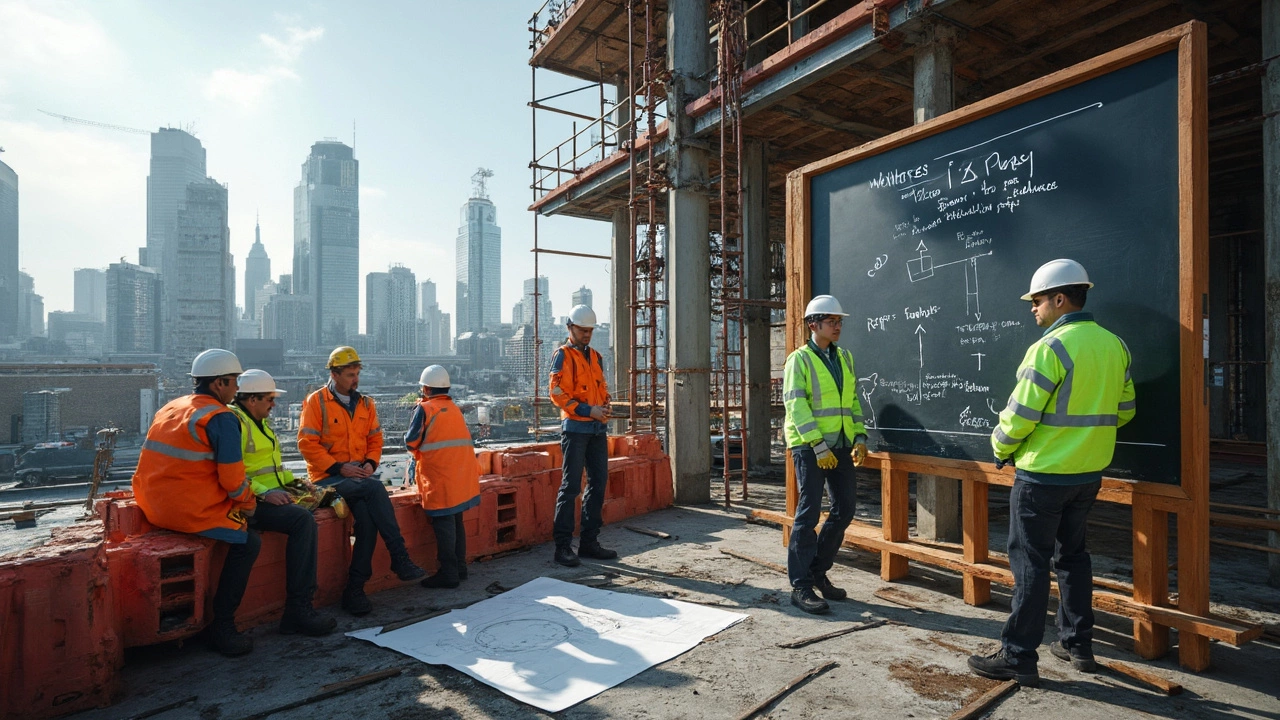Site Safety: Practical Tips Every UK Builder Needs
Running a construction project in the UK means juggling deadlines, budgets, and a lot of moving parts. One thing that can’t be ignored is site safety. A safe site keeps workers healthy, stops costly stoppages, and protects you from legal trouble. Below are the core actions you can take right now to make your site safer.
Start with a solid safety plan
Before any ground is broken, draw up a site‑specific safety plan. It should list every risk you expect – from heavy machinery to weather‑related slips – and spell out how you’ll control each one. Keep the plan on site where everyone can see it, and review it daily at the morning brief.
Assign one person as the safety coordinator. This isn’t just a title; they need to walk the site, spot unsafe behaviour, and make sure personal protective equipment (PPE) is being used correctly. In the UK, the Health and Safety Executive (HSE) expects a clear line of responsibility, so don’t leave it vague.
Check the basics every day
Inspections don’t have to be complicated. Walk the site each morning and ask yourself:
- Are all workers wearing hard hats, high‑visibility clothing, and safety boots?
- Is scaffolding erected by a competent person and inspected for damage?
- Are walkways clear of debris, oil, or water?
- Do all machinery have up‑to‑date test certificates?
- Is there a first‑aid kit and fire extinguisher within reach?
If you spot a problem, stop work in that area until it’s fixed. A short pause now beats a serious accident later.
For larger sites, set up a safety board near the entrance. Post the daily hazards, emergency contacts, and a simple checklist. Workers appreciate seeing the information, and it reinforces a safety‑first mindset.
Remember that many accidents happen because of complacency. Keep the focus fresh by rotating the safety brief topics each week – talk about ladder safety one day, then move to manual handling the next.
Lastly, encourage workers to speak up. A quick “Hey, that’s a loose board” can stop a fall before it happens. When people know their concerns are taken seriously, they become part of the safety solution.
By sticking to a clear plan, doing daily checks, and fostering open communication, you’ll keep your site safer and your project moving. Simple steps, big impact – that’s the essence of good site safety.

